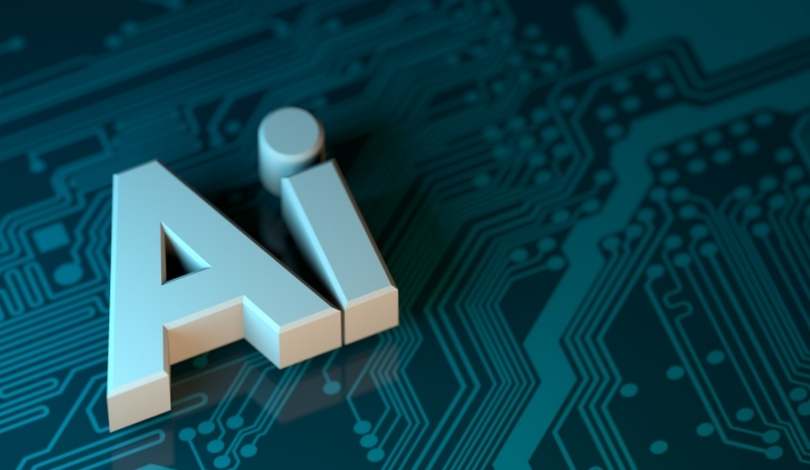This September has seen dramatic contrasts in the global robotics sector: while some well-known robotics firms have shuttered their doors, several developers have pushed forward with ambitious projects and major funding rounds. A notable wave of capital poured into humanoid robotics, highlighting industry confidence in the potential of human-like machines for industrial and general-purpose applications. These movements occurred as companies, including drone and robotics simulation specialists, struggled to secure investment or maintain customer traction, ultimately leading to closures. The current landscape appears to be splitting between those companies cultivating strong investor relationships and those finding market realities too difficult to sustain. The fortunes of the sector remain closely tied to evolving technology, regulatory conditions, and shifting investor sentiment.
Similar industry shifts appeared in prior robotics news, often marked by isolated, individual company events rather than the simultaneous surge of both closures and record-breaking investments now seen. There has historically been steady, cautious investment in the humanoid space, but seldom on the scale unveiled this September. Earlier shutdowns of companies such as Rethink Robotics made headlines, though the broader trend of closures and major product launches happening concurrently sets this past month apart. This period reflects growing divergence in robotics: some ventures are rapidly gaining market confidence and financial backing, while others encounter persistent commercial and operational challenges.
Why Did Key Robotics Companies Shut Down in 2025?
Recently, several established and startup robotics companies, including Guardian Agriculture and Rethink Robotics, have ceased operations. Guardian Agriculture’s failure to secure further funding led to its closure, whereas Rethink Robotics ended activities for the second time after a sequence of ownership transitions and ongoing financial strain. AWS also shut down RoboMaker, citing slow adoption rates of its cloud-based simulation service despite the proliferation of open-source alternatives. These shutdowns indicate continuing challenges in market fit, sustained financing, and rapidly shifting industry demands.
Which Companies Are Seeing Major Funding and What Are Their Plans?
On the other side of the spectrum, humanoid robot companies are drawing considerable attention from investors. UBTECH Robotics Corp. secured a credit line up to $1 billion from Infini Capital, planning a “superfactory” and regional hub in the Middle East. Figure AI, propelled by a $1 billion Series C round, reached a post-money valuation of $39 billion. Figure AI stated,
“The funding will accelerate our efforts to bring general-purpose humanoid robots into real-world environments at scale.”
London-based Humanoid introduced the HMND 01 Alpha, a rapidly developed industrial robot, in response to widespread manufacturing labor shortages in Europe and the UK.
What New Technology Developments Emerged This Month?
In parallel with investment, leading organizations rolled out significant new developments. Google DeepMind and Intrinsic introduced novel AI models for coordinating multiple robots in complex, shared spaces to improve efficiency in industrial environments. OpenMind AGI debuted the OM1 Beta, an open-source operating system supporting heterogeneous robots, aiming to bridge the fragmentation of existing proprietary platforms. OpenMind AGI shared,
“OM1 represents our effort to create a universal platform that allows any robot to perceive, reason, and act in the real world.”
Meanwhile, Agility Robotics described methods for building whole-body control models for robotic maneuverability in human-designed spaces.
Humanoid robotics continue to be viewed as a promising solution to global labor shortages, with ongoing investor interest indicating strong perceived potential. At the same time, the closure of various robotics and drone startups signifies that market viability remains challenging, especially for products facing slow adoption or high operational costs. The entry of new software platforms and AI models demonstrates that technology providers are seeking more flexible, scalable approaches to address current industry constraints. Companies considering entry or expansion in this sector might focus on application relevance, compelling economic returns, and adaptable technological integration.










